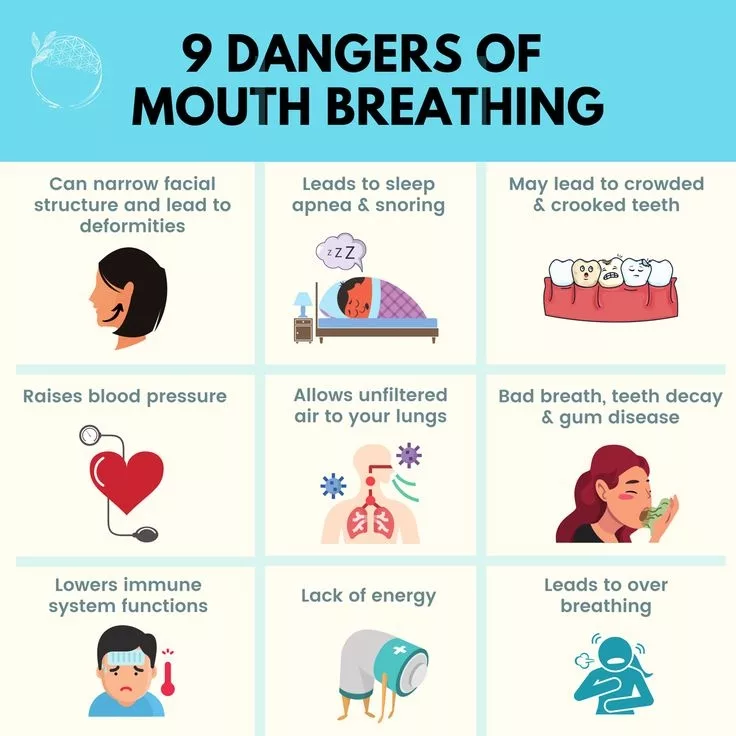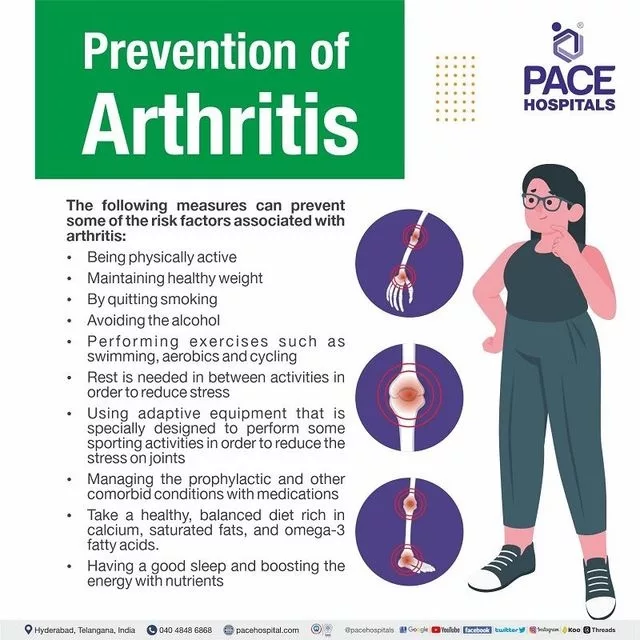Tips for Managing Acid Reflux: Quick and Effective Solutions
Hello~♡ I’m here to share valuable information for those struggling with acid reflux. Don’t worry, I’ll provide you with quick and effective solutions, so let’s find them together! I hope you enjoy a healthy and comfortable daily life. 🌿✨

What is Acid Reflux?
Acid reflux is a condition where stomach acid flows back into the esophagus, causing inflammation. It typically occurs when the lower esophageal sphincter (LES), located at the entrance of the stomach, does not function properly. This malfunction of the LES allows stomach acid to flow back into the esophagus, causing damage and inflammation. Acid reflux can be acute or chronic and is accompanied by symptoms such as pain, heartburn, and chest pressure.
Understanding the Main Symptoms and Signs
The main symptoms of acid reflux vary. Pain is one of the most common symptoms, which can be felt from the chest to the throat. Heartburn is also a common symptom, occurring due to the acid reflux causing a burning sensation in the esophagus. Additionally, digestive symptoms like vomiting, diarrhea, and abdominal bloating can appear. Chronic acid reflux can worsen the inflammation and damage to the esophagus, so early and proper management is necessary.
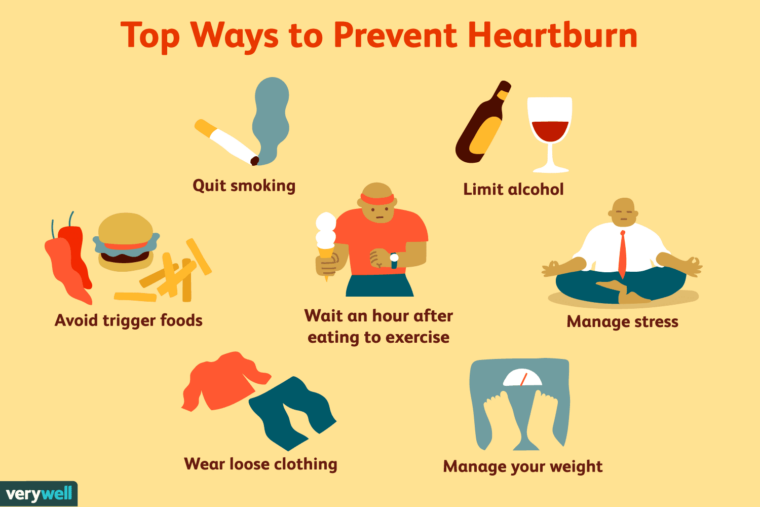
Main Causes of Acid Reflux
The primary cause of acid reflux is the malfunction of the lower esophageal sphincter (LES) at the entrance of the stomach. If this muscle does not function properly, stomach acid can flow back into the esophagus, causing inflammation. This muscle malfunction can be caused by various factors, including obesity, pregnancy, smoking, alcohol consumption, and stress.
Understanding Diagnosis Methods and Procedures
To diagnose acid reflux, you need the help of a medical professional. Generally, an endoscopy can confirm acid reflux. Endoscopy involves using a flexible tube with a camera to examine the inside of the stomach and esophagus. Other tests like esophageal pH monitoring, blood tests, and ultrasound may also be used.

Managing Acid Reflux in Daily Life
To manage acid reflux, there are several precautions to take in daily life.
Firstly, avoid lying down immediately after eating. Lying horizontally increases the likelihood of stomach acid flowing back into the esophagus. Secondly, dietary adjustments are important. Avoid overeating and foods that trigger reflux (e.g., coffee, alcohol, spicy foods).
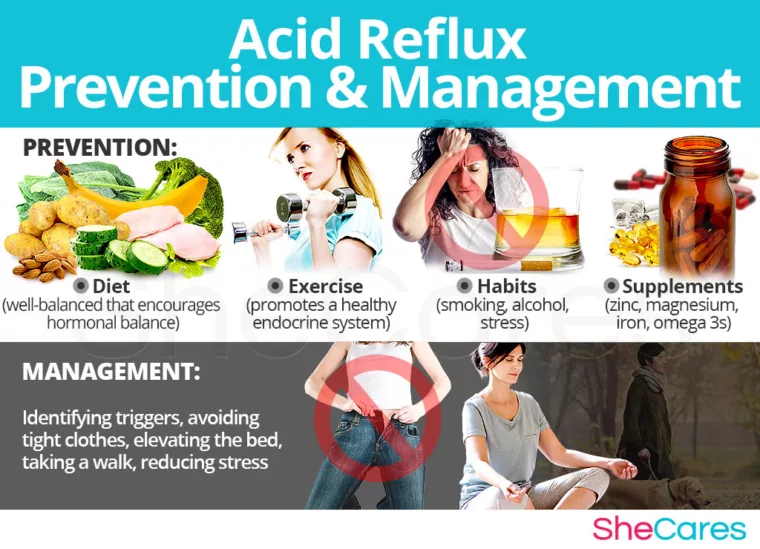
Dietary Habits and Nutrition Management Strategies
Dietary habits and nutrition management are crucial strategies for managing acid reflux. Acidic foods (e.g., tomatoes, oranges) can trigger reflux, so it’s best to limit their intake. Instead, consuming alkaline foods (e.g., bananas, cabbage) can help protect the esophagus. Also, chew slowly and have small meals multiple times a day.
Preventing Acid Reflux Through Lifestyle Changes
To prevent acid reflux, lifestyle changes are necessary. Smoking triggers reflux, so it’s best to quit. Limiting alcohol consumption and managing stress can also reduce the likelihood of acid reflux. Elevating the body slightly while sleeping can also help lower the chances of reflux.
Guide to Effective Treatment and Medication Use
Some patients can alleviate the symptoms of acid reflux through lifestyle changes and dietary adjustments alone, but others may require medication. Proton pump inhibitors or H2 blockers can help suppress stomach acid production, alleviating the symptoms of acid reflux. However, it’s important to consult a medical professional before using any medication.

Foods that help with acid reflux
- Low-fat foods: Fatty foods take longer to digest and can stimulate acid production. Therefore, it is good to consume low-fat foods.
Examples: Chicken breast, fish, tofu
- High-fiber foods: Foods rich in fiber help digestion and can reduce reflux.
Examples: Whole grains, vegetables, fruits
- Alkaline foods: Alkaline foods that neutralize stomach acid can help alleviate symptoms.
Examples: Bananas, melons, cucumbers
- Foods rich in vitamins and antioxidants: These can help reduce inflammation.
Examples: Broccoli, spinach, carrots
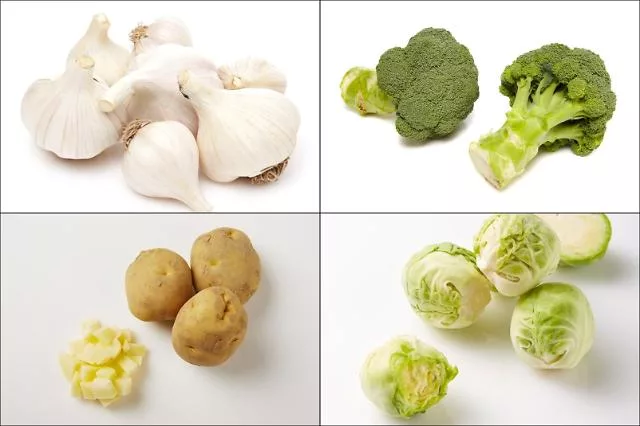
- Low-acid fruits: Fruits that are low in acidity do not irritate the stomach.
Examples: Melons, apples, pears
- Herbal teas: Caffeine-free herbal teas have a soothing effect on the stomach.
Examples: Chamomile tea, ginger tea
To manage acid reflux, it is important to eat slowly, avoid large meals, and not lie down immediately after eating. If symptoms persist or worsen, it is advisable to consult a doctor.
This is how you can effectively manage and cope with acid reflux. If you experience any of the symptoms or signs mentioned above, consult a medical professional for an accurate diagnosis and appropriate treatment. Let’s work towards preventing acid reflux and enjoy a comfortable life with a healthy esophagus!



